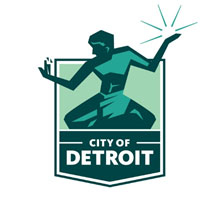| Outcome | Compliant |
2 violations cited :
Code 3-501.16
Cold food item(s) stored above 41 degrees f
FULL FOOD CODE:
Except during preparation, cooking, or cooling, or when time is used as the public health control POTENTIALLY HAZARDOUS FOOD (TIME/TEMPERATURE CONTROL FOR SAFETY FOOD) shall be maintained: (A) 135ºF or above, except that roasts properly cooked and cooled may be held at a temperature of 130ºF; or (P) (B) At 41ºF or less (P)
Except during preparation, cooking, or cooling, or when time is used as the public health control POTENTIALLY HAZARDOUS FOOD (TIME/TEMPERATURE CONTROL FOR SAFETY FOOD) shall be maintained: (A) 135ºF or above, except that roasts properly cooked and cooled may be held at a temperature of 130ºF; or (P) (B) At 41ºF or less (P)
Priority
Corrected on 8-16-2022
Code 6-501.12
Physical facilities/structures soiled
FULL FOOD CODE:
(A) PHYSICAL FACILITIES shall be cleaned as often as necessary to keep them clean. (B) Except spill cleanup, cleaning shall be done during periods when the least amount of FOOD is exposed such as after closing.
(A) PHYSICAL FACILITIES shall be cleaned as often as necessary to keep them clean. (B) Except spill cleanup, cleaning shall be done during periods when the least amount of FOOD is exposed such as after closing.
Core
Not corrected
